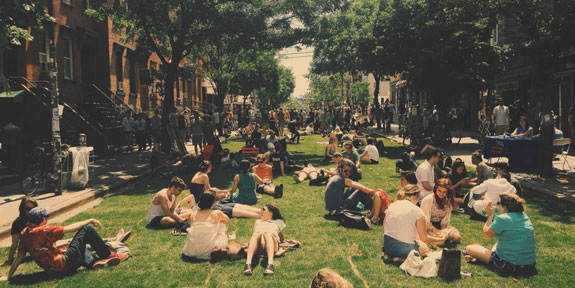Trending
Negative effects of gentrification are a myth: OPINION
Writer John Buntin argues that well-heeled bohemians are nothing to fear

First Soho, Chelsea, and the East Village, then Park Slope, Williamsburg and Fort Greene – these neighborhoods have supposedly all succumbed to gentrification.
But according to writer John Buntin, gentrification is a myth based on middle-class anxieties.
When asked to describe gentrification, most people would tell a story of artists, bohemians and gay couples moving into run-down but charming and historic homes. The houses are restored, trendy businesses follow and rents and home prices rise. Eventually the lower-income residents are forced out.
However, Butin, writing for Slate, argues that this narrative doesn’t hold up under scrutiny:
“Gentrification of this sort is actually exceedingly rare. The socio-economic status of most neighborhoods is strikingly stable over time. When the ethnic compositions of low-income black neighborhoods do change, it’s typically because Latinos and other immigrants move into a neighborhood—and such in-migration is probably more beneficial than harmful. As for displacement—the most objectionable feature of gentrification—there’s actually very little evidence it happens. In fact, so-called gentrifying neighborhoods appear to experience less displacement than nongentrifying neighborhoods.” [Slate] – Christopher Cameron




